Background
The ERP is a feeder program for the Hong Kong (HK) National Rugby team, with players in the ERP also representing a club team in HK during the domestic club season, which runs from September to February. July is the off-season period for the ERP, which follows the two international competitions: Global Rapid Rugby (March – May) and the Asian Rugby Championship in June. When players return to pre-season, as they did on the 1st of August 2019, we implement a 4-week “individual development block” within the ERP, before players return to their clubs in September. This provides a nice opportunity as a strength and conditioning coach to focus on a specific physical quality without distraction, being relatively far away from the critical competition period.This article will detail the specific training program we used in our speed group to hit the Type 6 target (Figure 1), specifically with the aim of developing a player’s speed.
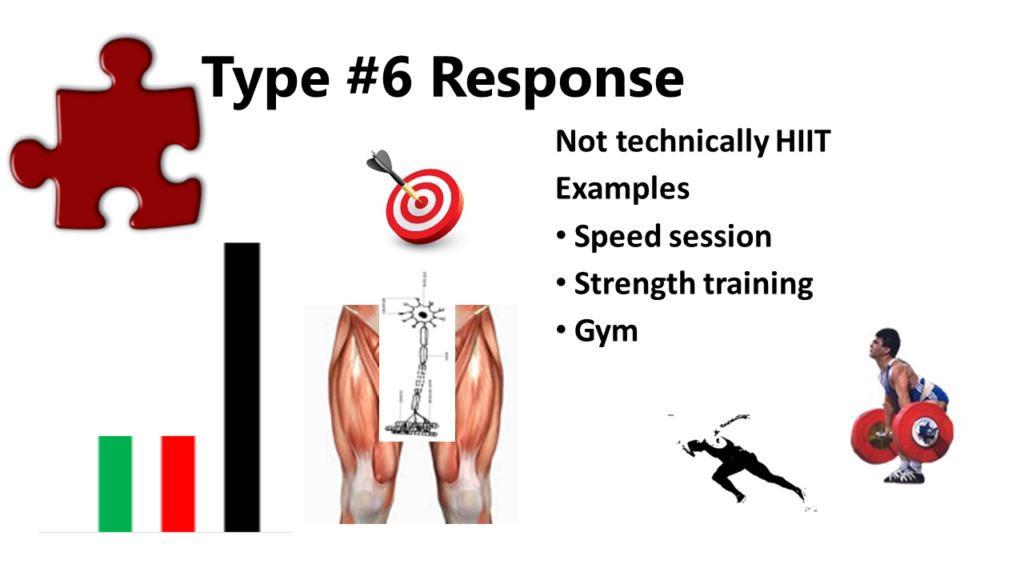 Figure 1: HIIT Type 6 response.
Figure 1: HIIT Type 6 response.
Program
As detailed in Figure 2, the training program revolved around three key elements: 1) speed training pitch sessions, 2) a gym-based program, and 3) movement skills. This allowed us to alternate between hard (Monday and Thursday) and easy training days (Tuesday and Friday), allowing periods of stress and recovery.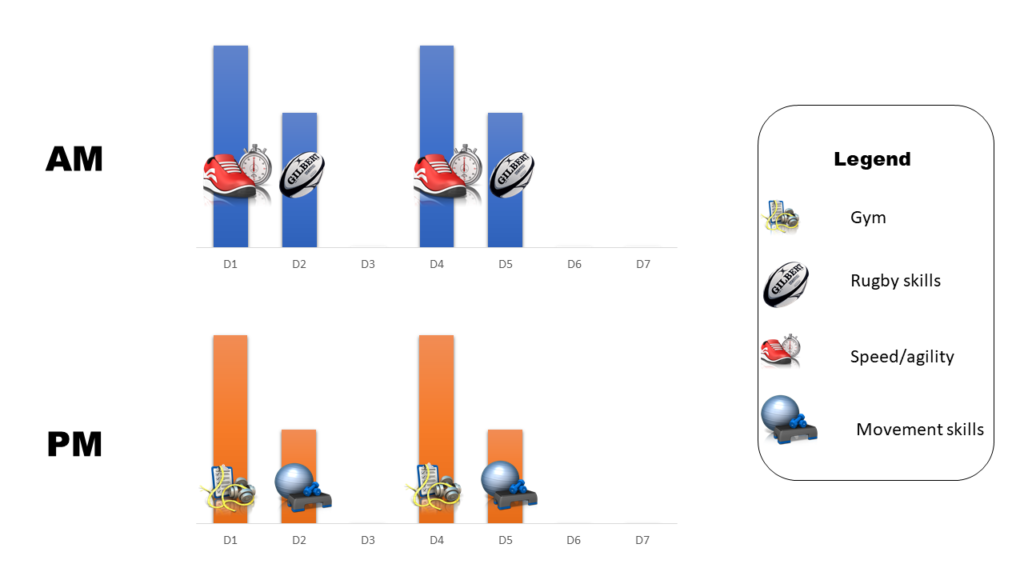 Figure 2: Weekly microcycle used for the speed (Type 6) focus macrocycle.
Figure 2: Weekly microcycle used for the speed (Type 6) focus macrocycle.
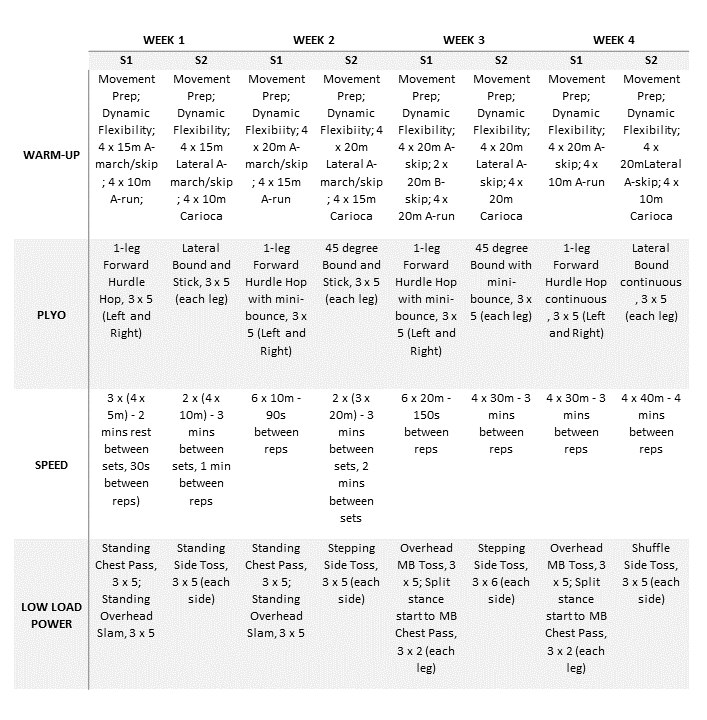 Table 1: Detailed speed session layout with progressions.
Table 1: Detailed speed session layout with progressions.
 Table 2: Movement skills session structure.
Table 2: Movement skills session structure.
Results
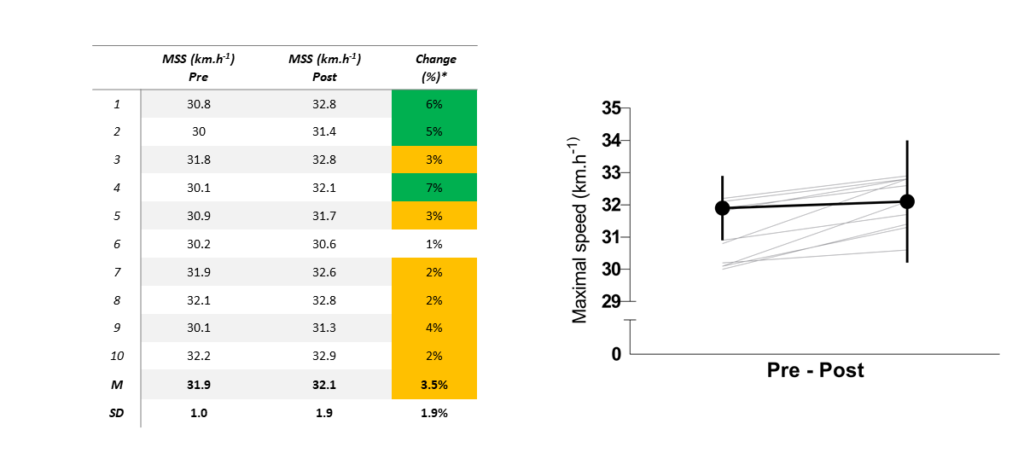 Figure 1. Team and individual changes in maximal sprint speed (MSS) before and after the 4 weeks of speed training. Conditioning formatting in orange represents a change superior to the smallest worthwhile change (SWC) set at 2% (1). Conditioning formatting In gree represents a change superior to the SWC and the typical error (TE) set at 2.9% (1). M stands for mean and SD for standard deviation.
Figure 1. Team and individual changes in maximal sprint speed (MSS) before and after the 4 weeks of speed training. Conditioning formatting in orange represents a change superior to the smallest worthwhile change (SWC) set at 2% (1). Conditioning formatting In gree represents a change superior to the SWC and the typical error (TE) set at 2.9% (1). M stands for mean and SD for standard deviation.

Figure 2: Maximum velocity (line graph) for each individual player and average sprint volume across the group (column chart) in each session based on GPS analysis (Statsports APEX units). Sprint volume was defined as anything above 85% of a player’s maximal sprinting speed.
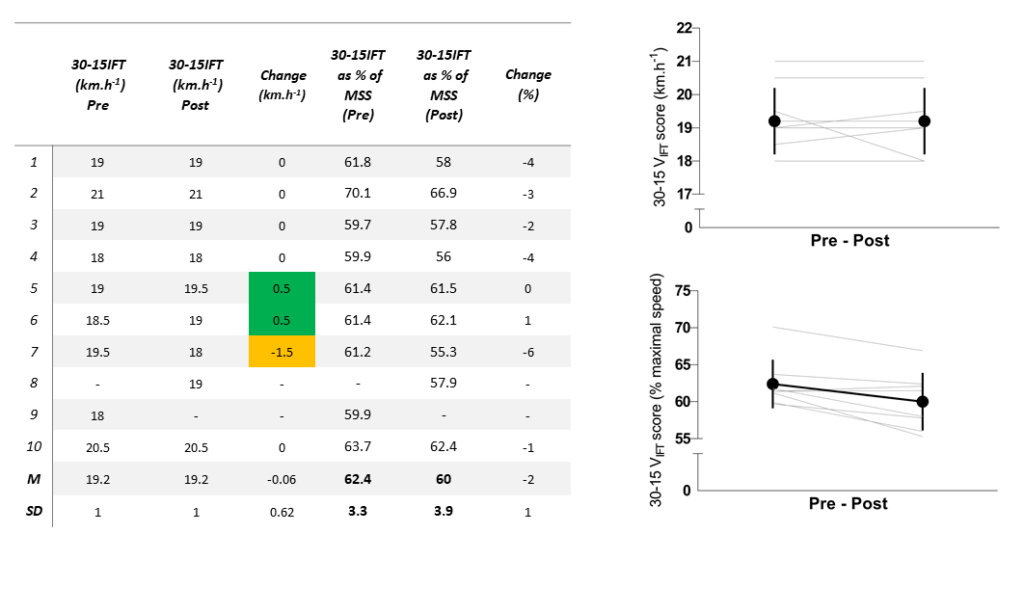 Figure 3. Team and individual changes in the 30-15IFT score before and after the 4 weeks of speed training. Conditioning formatting in green represents a change superior to the smallest worthwhile change (SWC) set at 0.21 km.h-1 (2). Conditioning formatting In orange represents a change superior to the SWC and the typical error (TE) set at 0.36 km.h-1 (2). M stands for mean and SD for standard deviation.
Figure 3. Team and individual changes in the 30-15IFT score before and after the 4 weeks of speed training. Conditioning formatting in green represents a change superior to the smallest worthwhile change (SWC) set at 0.21 km.h-1 (2). Conditioning formatting In orange represents a change superior to the SWC and the typical error (TE) set at 0.36 km.h-1 (2). M stands for mean and SD for standard deviation.
- Player 2 recorded the highest score in the 30-15 IFT, and highest percentage score when his VIFT was expressed as a percentage of his MSS. However, his MSS was the lowest of the group. This indicates that his weakness is anaerobic power/maximal sprinting speed.
- Player 3, on the other hand, recorded a worse score in the 30-15 IFT when his VIFT was expressed as a percentage of his MSS in comparison to Player 2. This suggests that Player 3 is quite strong anaerobically/neuromuscularly and his weakness is more likely his aerobic engine.
Learnings
Reflection is a critical part of the coaching process, as it allows both the positive and negative aspects of the training experience to be considered. Mine are as follows: Benefits of the short-to-long approach: The loading progression for the speed portion of the program allowed players to sprint maximally, even in the first week back after a four-week off-season break. As shown in Figure 3, there was generally an upward trend of maximum speed exposure from most of the players involved in the program.By using shorter sprint training distances during the early sessions of the program, we were able to gradually expose players to a higher percentage of their maximum velocity in each session.A four-week speed program might help get player’s faster, but it won’t prepare them for the game demands: While players in the group got faster with the program, it did not prepare them for a competitive rugby season adequately, mainly for two reasons:
- Many players broke down with injury in the early months of the season, and player performances were below expected standards. Acceleration and speed are just one of several qualities needed for performance in rugby union. Endurance, contact conditioning, technical skills and tactical awareness also must be trained to ensure a rugby union player is prepared to play through their season.
- From a game demand standpoint (as measured through GPS), players were only prepared for the sprint volume demands of a game. Players were not prepared for the total distance demands, number of accelerations, high speed running, and they also had no exposure to the technical demands of rugby – rucking/counter-rucking, tackling etc.
However, the pre-season and in-season periods should apply a more holistic approach, taking aim at preparing players for the full demands of their sport. This was one of my biggest learnings and how I operate now. Specific focus on qualities in isolation should be reserved for a player’s off-season break.Plan progressions but be reactive to adaptations: A lot of time was invested in creating “the perfect program” from a loading point of view (short-to-long approach detailed above). Each week, the sprint distances of each session gradually increased; the session sprint volume gradually increased (Figure 4), as did the intensity. This was evident in session 5 of our speed program (Figure 3 – reduced maximum speed exposure and reduced sprint volume), where the session needed to be modified as many players were pulling up sore. Why? As described in HIIT Science (Chapter 8 and 9), load is one thing, but the response to load is a completely different beast. Adaptation is a complex phenomenon.
Give two players the same program and it is highly unlikely they will get the same results.Some players were able to tolerate the training load in the program, whereas most players were pulling up sore in their screening and wellness inventories. This might be down to the fact that some players maintained their physical conditioning over the off-season, compared to some players who did minimal work. Some players may have consistently recovered well over each session, some players were less focused on sleep quality, and an uncountable number of other contextual factors. Ultimately, no matter how much time and effort a coach invests in a program, they must be willing to adapt if the program needs to be changed. The carrot or the stick: Feeding GPS monitoring data back to players was useful for enhancing engagement. Relaying back the top speed efforts to the players, post speed session meant players WANTED to wear their GPS bib. Previously, we had always fined players for not having a GPS bib for their unit. While the fine system worked for some, it didn’t for all. Some need a carrot – some need a stick.
Conclusion
While we achieved what we set out to achieve with this 4-week program (players got faster), practitioners should consider the bigger picture for team sport performance optimization – there are numerous physiological and psychological qualities needed for optimal performance and simply training one or two will lead to players being unprepared, which will manifest either in injury or below-par performance. I would like to thank the team at HIIT Science for allowing me the opportunity to share my thoughts and experiences here. Hopefully, it stimulates some discussion and an opportunity to engage with other practitioners.About the author
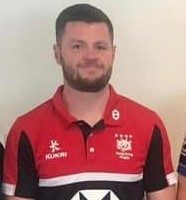 Jordan Cassidy works at the Hong Kong Rugby Union as a Sports Scientist and Strength and Conditioning coach. He works across two programs – the Elite Rugby Program (which services the National Mens XV’s Rugby team), and also the Podium Academy program (which feeds into National U20s teams, both VII’s and XV’s).
Jordan Cassidy works at the Hong Kong Rugby Union as a Sports Scientist and Strength and Conditioning coach. He works across two programs – the Elite Rugby Program (which services the National Mens XV’s Rugby team), and also the Podium Academy program (which feeds into National U20s teams, both VII’s and XV’s).






